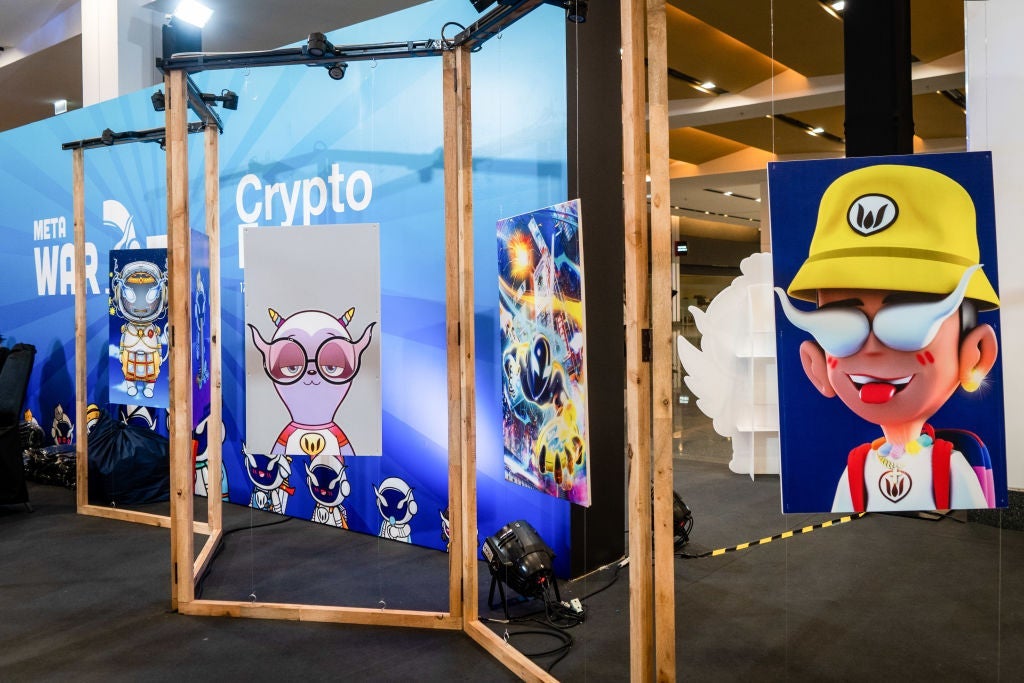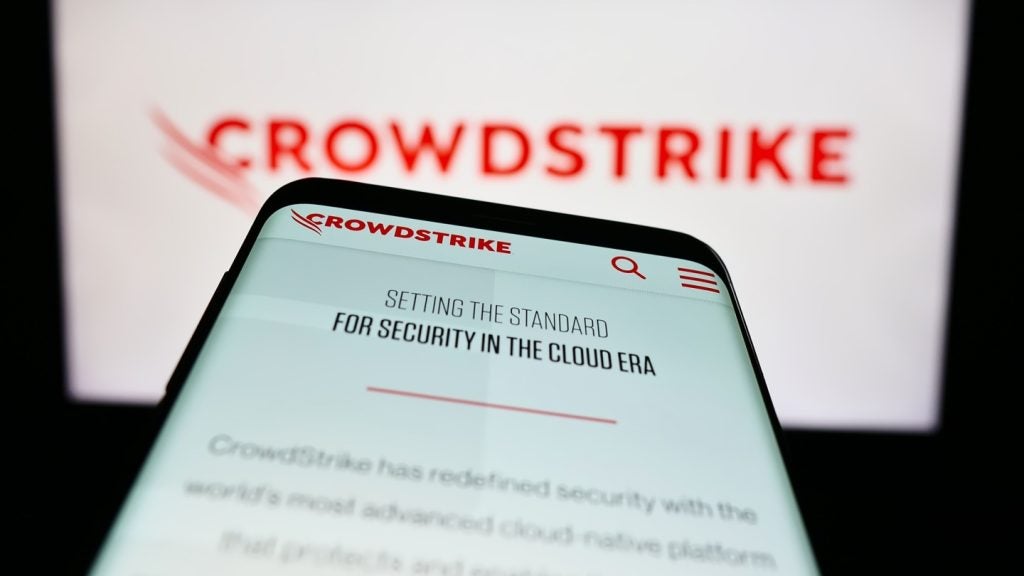
While much attention has been focused on the 2022 cryptocurrency market implosion, the corresponding collapse of the non-fungible token (NFT) market has somewhat fallen under the radar. Consumer confidence in the NFT market had been waning, with the number of NFT market participants steadily declining since February 2022. But in June, that decline accelerated with an eye popping 88% drop in the numbers of addresses transacting on NFT marketplaces in a given week, according to blockchain analytics platform Chainalysis.
The average price of an NFT sale has also decreased rapidly, by 92% since the beginning of May 2022, falling from $3,894 to $293, according to Chainalysis’s data to July 2022.
Across all decentralised finance categories, NFTs have see the biggest average weekly drop in transaction volumes in the two months since the cryptocurrency crash from May 2022 to July 2022, according Chainalysis.
How well do you really know your competitors?
Access the most comprehensive Company Profiles on the market, powered by GlobalData. Save hours of research. Gain competitive edge.

Thank you!
Your download email will arrive shortly
Not ready to buy yet? Download a free sample
We are confident about the unique quality of our Company Profiles. However, we want you to make the most beneficial decision for your business, so we offer a free sample that you can download by submitting the below form
By GlobalDataWhat is behind the NFT crash?
While freefalling cryptocurrency prices may account for some of the drop off in NFT transaction volume, the decline is too steep to be explained by this alone, according to Chainalysis economist Ethan McMahon. An inflated market was also, to some extent, responsible for the precipitous drop in transaction values.
“There’s been a lot of hype in the past year-and-a-half around what could be considered profile picture NFT collections,” says McMahon. These are collections such as the Bored Ape Yacht Club, which sold NFTs for more than $2m a piece, and digital artist Beeple’s crypto art, which reached sales values of $60m for a single piece at the peak of the NFT hype during 2021.
But the symbiotic relationship between NFTs and the cryptocurrency market is undeniable. So, will NFTs always be vulnerable to the volatility of the cryptocurrency market? McMahon says that as the crypto art sector matures it may mirror the physical art market, which is not necessarily tied to the fluctuations of the underlying currency it trades in. “I think as the broader crypto market matures and the NFT world matures, we may see a detangling of this,” he adds.
Viewed from the perspective of a market in extreme decline, some, such as GlobalData analyst George Monaghan believe that the NFT market is dead, at least for a while. “NFTs were such an obvious bubble," he says. "People won’t return to them for a long time.”
But others, such as McMahon, believe that, though the NFT market may look dead based on July 2022 data, the current crash is simply a much-needed shake-up which will move the market away from NFTs without additional utility. Shifting focus away from crypto assets such as avatar images will lead to truly innovative NFT use cases like gaming, royalties and ownership of real-life assets, says McMahon. "These use cases have not yet had their day," he adds.
Others liken the NFT crash to any other economic cycle. Anjum Malik, co-founder of New York-based private crypto hedge fund Manhattan Crypto Capital, views what is happening in the NFT market as “just a cycle, just like in real estate”. In Malik’s experience, everything that goes up must go down. And, like McMahon, he can see the positive in current market conditions. “Everyone has been waiting for this time to buy," he says. "And like real estate or stocks, people say buy the dip. It’s just revitalisation.”
Malik predicts innovation in the NFT market and has high hopes for digital real estate as well as many other sectors. “It started with art but NFTs are moving beyond just art and now I am seeing a big shift towards NFTs in the real estate sector as well as in ESG, healthcare, food and entertainment,” he says.
Non-transferrable NFTs could be the innovation needed to save the market
One such innovation, according to Irene Veng, founder and CEO of Oxford based Certi.NFT, is the soul bound token (SBT). What if the NFT becomes less of a financialised asset and more of a Web3 tool with utility?
This is an idea co-authored by the creator of cryptocurrency Ethereum, Vitalik Buterin, who argues in his May 2022 white paper that Web3’s current focus around expressing transferable, financialised assets, rather than encoding social relationships of trust, means that today’s decentralised finance ecosystem is unable to support activities ubiquitous in the real economy, such as undercollateralised lending or simple contracts, such as an apartment lease. This is the utility and innovation that both McMahon and Malik refer to. The SBT encodes social relationships of trust, and utility is most often “built on persistent, non-transferable relationships” which NFTs fail to capture, according to the white paper.
The original intention of NFTs was proof of provenance of a unique digital asset to denote ownership. The tokens found purpose in the art industry to begin with, by allowing artists to put a digital stamp on their work, and though the increased popularity and hype of avatar or jpeg NFTs led to many believe creating NFTs were a way of making easy money, that wasn’t the original intention, says Veng.
Perhaps the NFT market crash is, as some argue, a reminder that the by-product (i.e. earning money) is not the main purpose of NFTs, adds Veng. “In fact, NFTs have great characteristics, and can transform how the various processes in our society operate and the economic efficiencies that can be achieved,” she says. But to achieve these economic efficiencies, it is key to have, as Buterin highlighted, “non-transferable SBTs” in place.
SBTs are a non-transferrable NFTs that retain the proof of ownership element inherent in the tokens. Veng’s start-up Certi.nft builds on this idea by enabling educational institutions to issue relevant degrees or accreditations as NFTs directly to students’ digital wallets. Students are tied to these tokens and can share their degrees and accreditations instantly and anywhere in the world with verifiers (for example, employers), saving time and money for parties involved; the innovation is that the academic credentials are unique to the student and instantly authenticated.
Los Angeles-based NFT platform NFT Genius was one of the first to issue non-transferrable tokens (NTTs), a more straightforward moniker for Buterin’s SBTs. CEO and founder Jeremy Born believes NTTs are important and can have many uses. “Imagine being at the World Series games where the Red Sox won and reversed the curse of the Bambino, Michael Jackson’s last live performance, and so on," he says. "An NTT or SBT can be issued as a token that proves you were actually there and serves as a collectible trophy you can keep forever to remember that moment.”
Born adds that perhaps of greater utility is an organisation’s unique ability to scan the blockchain and identify people that may hold the specific tokens and continuously drop additional exclusive content and NFTs that may be relevant. This would create long-term engagement with a fan or customer.
Innovation such as Certi.nft or NFT Genius’s NTTs seek to emphasise the utility of NFTs, while at the other end of the spectrum speculative investors such as Malik may see the NFT market crash simply as a buying opportunity in anticipation of a market rebound. Whatever the future for the NFT market, all agree that it has reached an inflection point from which anything is possible.






